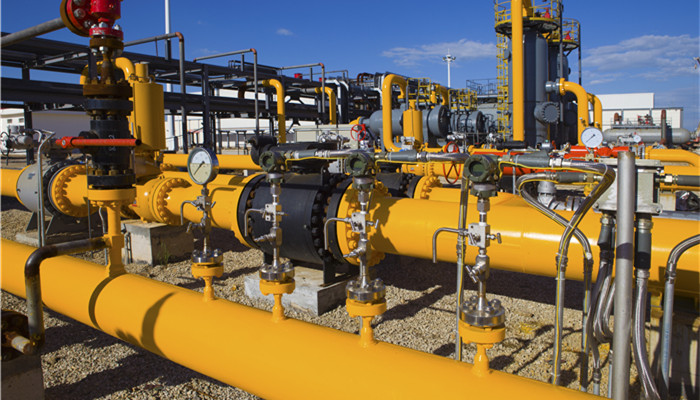
Domestic enterprises have entered the early stage of industrialization, and the localization process of cyclic olefin copolymers is just around the corner.
Cyclic olefin copolymer (COC) refers to a type of amorphous transparent polymer with a cyclic olefin structure. It has optical properties comparable to PMMA (polymethyl methacrylate) and better than PMMA and PC (polycarbonate). Ester) is more dimensionally stable and has higher heat resistance. Cyclic olefin copolymer has the characteristics of good optical properties, high light transmittance, low specific gravity, good heat resistance, low saturated water absorption, strong dimensional stability, low dielectric constant, low loss, etc. It is currently mainly used in optics and medical , packaging and other fields.
Specifically, in the optical field, cyclic olefin copolymers are mainly used to make lenses, display films, etc.; in the medical field, cyclic olefin copolymers are mainly used to make blood reservoirs, test tubes, petri dishes, syringes, pipettes, etc. ; In the field of packaging, cyclic olefin copolymers are mainly used to manufacture pharmaceutical packaging films, food packaging films, etc.
Currently, driven by the rapid development of domestic smart driving, smartphones, medical research, food packaging, pharmaceutical packaging and other industries, the market demand for cyclic olefin copolymers continues to increase and the scale continues to expand. According to the “Global and China Cyclic Olefin Copolymer (COC) Industry In-Depth Research Report 2022” released by the Industrial Research Center, in 2021 The annual global cyclic olefin copolymer market size is US$860 million. It is expected that by 2025, its market size is expected to grow to US$1.21 billion, and the industry has broad prospects for development.
Cyclic olefin copolymers mainly use cyclic olefins and α-olefins as polymerized monomers, and are copolymers obtained by addition polymerization under the action of catalysts. In the production process of cyclic olefin copolymers, its related monomers, catalysts, polymerization technologies, etc. all have high technical barriers, and the industry entry threshold is high. Therefore, the current global cyclic olefin copolymer production capacity is still monopolized by leading foreign companies with higher technical level and longer development time. Major companies include Nippon Zeon Corp., JSR, Polyplastics, Mitsui Chemicals ( Mitsui Chemicals) etc.
At this stage, my country’s cyclic olefin copolymer industry is in its initial development stage. Cyclic olefin copolymer products still mainly rely on imports, and the localization process has not yet begun. However, in recent years, driven by the continued growth in downstream demand for cyclic olefin copolymers, local companies are actively conquering key technologies and accelerating the industrialization process. Among them, the fastest-growing local company is Wuxi Akoli Technology.
Industrial Analysts personnel said that judging from the research and development process of Akoli cyclic olefin copolymer products, in 2019 the company completed the optical grade R&D and production of cyclic olefin monomers; in 2020, the company’s cyclic olefin copolymer research project has entered the R&D scale-up test stage from small-scale testing; in 2021, the company’s small-batch cyclic olefin copolymer products have reached the level of imported products. In the same year, Arco We have started the production line design and preparatory stages for industrialization. In the future, as the R&D and industrialization process of local enterprises continues to accelerate, the domestic cyclic olefin copolymer market is expected to start the localization process, and the future development prospects of the industry are promising.

 微信扫一扫打赏
微信扫一扫打赏

